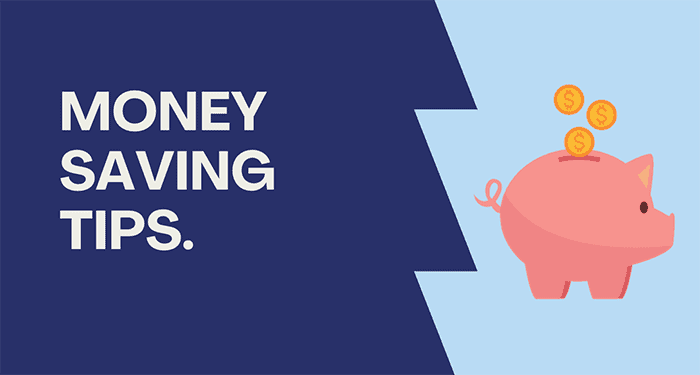If your softener is tearing through bags of salt faster than usual, you’re not alone. These systems usually run in the background without much fuss — so when salt use suddenly spikes, it’s a red flag something’s off.
Good news: it’s usually fixable. Whether it’s a sneaky leak, outdated programming, or just the wrong size system for your home, we’ll walk you through how to figure it out (and fix it).
Let’s break it down 👇
✅ Quick Takeaways
- 🔁 Unusual salt use? Check for leaks, power outages, or programming issues
- 🧠 Most problems are fixable at home — no plumber needed for the basics
- ⚙️ Overworked system = more salt use — sizing matters
- 🧪 Poor water chemistry (like iron or low pH) can wear down your resin
- 💡 Upgrading to a smart or salt-free softener can cut long-term costs
⚙️ How Softeners Use Salt (And When It’s Too Much)

Salt-based water softeners use ion exchange to remove hardness minerals like calcium and magnesium. Here’s the basic flow:
- Water flows through a resin tank where hard minerals are swapped for sodium.
- Once saturated, the resin is “regenerated” with salty brine from the second tank.
- Minerals are flushed away — and the system resets for the next cycle.
💡 On average, most systems use about 40–50 pounds of salt per month — or around 400–600 lbs per year for a typical household. But if you’re suddenly going through bags much faster than that, something’s off.
A small uptick could be seasonal or due to house guests — but a sharp increase usually means:
- The softener is too small for your needs
- Regeneration is happening too often
- The system isn’t drawing brine correctly
- There’s a leak, clog, or programming issue
🧂 Why Your Softener’s Burning Through Salt

If your water habits haven’t changed, but your salt use has — here’s what might be going on:
Softeners rarely leak, but an overflowing brine tank could also be the culprit. Check around your water heater, toilet and tub for unusual moisture.
- 🚿 Hidden Leaks: Even small leaks in toilets, faucets, or outdoor spigots can waste hundreds of gallons, forcing your softener to regenerate more often.
- ⚡ Power Outage or Reset: If you’ve lost power recently, your system might’ve reset to default settings. Check that your hardness level is correct — even a few GPG too high will cause overuse.
- ⚙️ Incorrect Programming: Newer softeners are efficient — if they’re set up right. An inaccurate hardness input or regen schedule can spike salt use. Always double-check your grains per gallon setting.
- 🧪 Clogged Injector or Brine Line: If the injector valve is blocked, the softener might not draw brine effectively. That leads to weak regeneration and repeated cycles. Clean or replace as needed.
- 🔁 Control Valve Malfunction: If the control head or piston is failing, it may misread water usage and trigger unnecessary cycles. Some issues can be fixed with a seal kit — others may require full replacement.
- 🧫 Worn-Out Resin: Old or iron-fouled resin won’t work efficiently. If it’s been 10–15 years (or you have very hard water), it might be time to swap it out.
- 📏 Wrong-Sized Softener: If your softener is too small for your water demand, it’ll regenerate constantly. Use this formula to check:
Household Size × 80 × Grains per Gallon = Ideal System Size
*A family of 4 with 10 GPG hardness = 32,000 grain capacity minimum.
- 🧪 Iron, Low pH, or Tannins: Poor water chemistry can reduce resin performance. Iron, in particular, causes clogs. If you didn’t test before installing, it’s not too late — filters for iron, tannins, or pH correction can help.

💸 How To Save Salt (and Money)
If your softener is running fine but still chewing through salt, don’t panic — a few simple tweaks can make a big difference.

- 🧂 Buy Salt in Bulk: Salt is cheaper by the pallet. If you’ve got storage space, buying in bulk can cut your annual cost by 30–40%. Just make sure the salt type is compatible with your system.
- 🚫 Use the Bypass Valve: Don’t waste soft water on your lawn or car. Most systems have a built-in bypass — flip it when doing outdoor chores to extend the life of your softener and save salt. You can learn how to bypass a whole-house water filter if your setup allows it.
- 🔁 Upgrade to a Smarter System: Older models regenerate on a timer whether they need to or not. Newer softeners adjust to your usage, saving salt and water over time.
- 🌱 Try Salt-Free Alternatives: Don’t need full softening power? Salt-free systems use Template Assisted Crystallization (TAC) to prevent scale without removing minerals — no salt, no waste.
🧠 Final Thoughts
If your softener’s burning through salt faster than it should, something’s off — and it’s costing you. From simple misprogramming to worn-out resin, there are plenty of fixable reasons behind a salt-hungry system.
The good news? Most issues can be solved without calling in a pro.
Whether it’s time to upgrade your system, recalculate the right size, or even consider a salt-free alternative, there’s a smart way to get back on track — and start saving.
💡 Pro Tip: If iron is present in your water, addressing it first can dramatically extend the life of your resin and cut down on unnecessary salt use.
Soft water shouldn’t come with salty surprises. A little tuning now can keep your system running smoother — and cheaper — for years to come.
 132 people found this helpful. Was this guide helpful to you?
132 people found this helpful. Was this guide helpful to you? 

